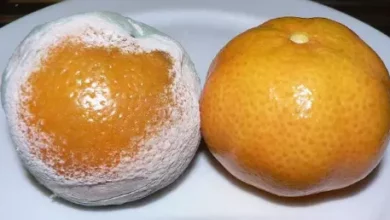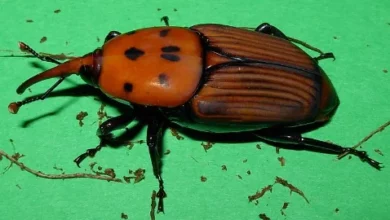They discover a species that was believed to be extinct
Study of the fossil record
Fossils are a useful tool to study the evolution of different groups of living beings, as well as migratory phenomena and mass extinctions. There is an important limitation, however, and that is that not all organisms are preserved in the same way as fossils .
Bones or shells are well preserved, but soft tissues do not. That is why there are many unknowns about the appearance of the first vertebrates, related to current sea squirts, since their body lacked hard tissues.
Reappearance of a species
An oceanographic expedition carried out by Polish and Japanese researchers off the coast of Japan has discovered the presence of soft corals and anemones growing on crinoids on the seabed at a depth of 100 meters . The relationship between corals and crinoids is considered a symbiosis, since both are benefited.
The researchers believed that such associations, fairly common in the Paleozoic period, had ended abruptly, because all traces of them had disappeared from the fossil record 273 million years ago.
Cryonoids or sea lilies are primitive organisms related to starfish or sea urchins, all of them belonging to the phylum of echinoderms. Crinoids have the peculiarity of being sessile organisms that live attached to the substrate, where they filter suspended particles through feather-shaped extremities.
Crinoids have a calcareous coating, thanks to which they are well preserved in the fossil record. Soft corals, for their part, lack the characteristic calcareous structure of hard corals, which forms reefs when these organisms die. But how could an organism that lacks hard tissues be represented in the fossil record?
Particularities of the symbiosis

Technically it can’t. But symbiotic soft corals that existed millions of years ago, during the Paleozoic, altered the calcareous structure of the crinoids on which they developed, so their presence was identifiable in the fossil record. Until, inexplicably, they disappeared .
The benefit for the coral to grow on the crinoid is to improve its position in the water column, having access to more food by remaining detached from the bottom. As for the crinoid, it is not clear if the presence of the coral is of any benefit, but since it does not alter its morphology, the researchers believe that it is not harmed.
The question that researchers must now try to answer is when the symbiote relationship between these two organisms began, since there is no trace of it in the fossil record. Phylogenic studies with genetic tools could have the answer to this question.




